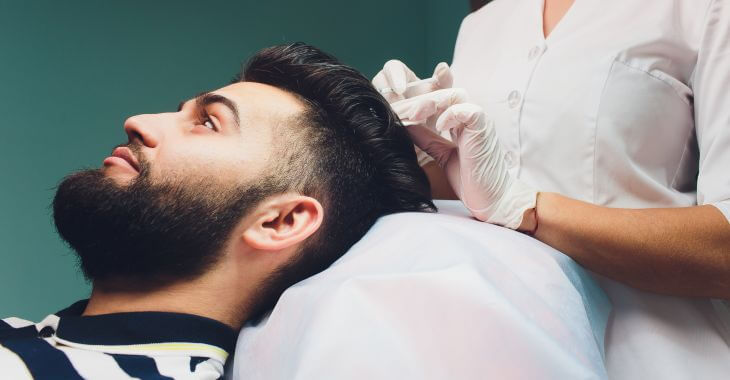Hair Transplants for Beards and Mustaches
Facial hair has become a hot trend in men’s personal style. A well-groomed beard, mustache or goatee is a popular asset to have, creating a masculine and attractive appearance. However, not everyone can grow a full beard or mustache; patchy or thin facial hair is common due to genetics or interruptions in the follicles. Hair transplants are not just for those who have thin hair on their head; they can also help men who have trouble growing the thick beard or mustache they desire.
NeoGraft Facial Hair Transplants
If your beard or mustache grows uneven, straggly or patchy, adding more hair follicles can thicken the hair and make it appear full and even. Scars, skin problems and genetics all can create thin facial hair, but transplanting hair follicles can fill in those missing areas. NeooGraft hair transplants is an advanced method of transplanting hair follicles. Unlike other methods, there are no scars left behind because there are no incisions. This means a less intrusive, more discreet method for adding facial hair. Plus, it is virtually painless during the procedure, the recovery is quick, and the method used can be less expensive than other transplant options.
Once new hair follicles are added to the thin areas on the face, those wanting a thick beard or mustache can finally get the style they want. When completed by an experienced plastic surgeon, a NeoGraft facial hair transplant can create a natural, full covering of facial hair. The results can last a lifetime and can be enhanced with the use of platelet-rich plasma or PRP, creating quicker healing and growth for a new beard and mustache that are naturally full and attractive.
Posted on behalf of:
Beverly Hills Center for Plastic & Laser Surgery
120 South Spalding Drive #236
Beverly Hills, CA 90212
(310) 288-0641
The information provided on this website, including text, graphics, images, and other materials, is intended solely for informational purposes and should not be used as a substitute for professional medical advice, diagnosis, or treatment.


)